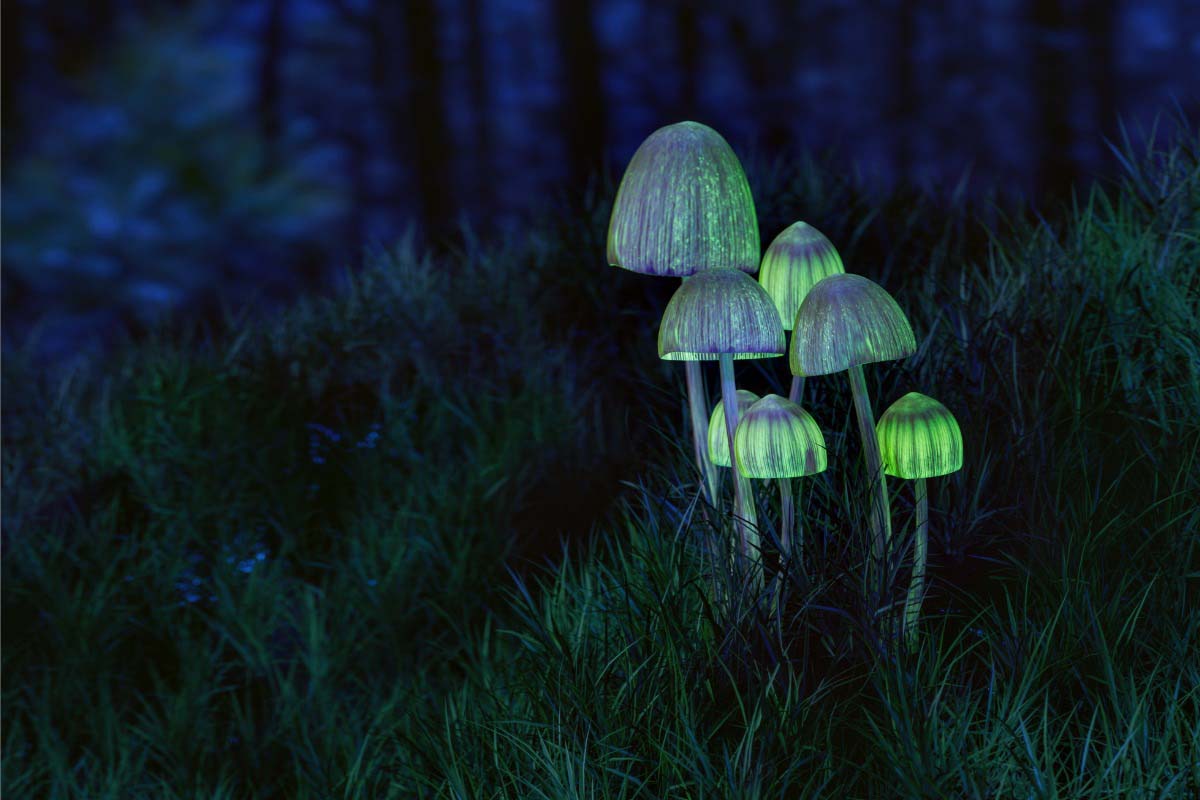Sertraline-Induced Hypersexuality in a Patient Taking Bupropion
To the Editor: Sertraline is an antidepressant of the selective serotonin reuptake inhibitor (SSRI) class. Estimates of sexual dysfunction with SSRIs have been suggested to be between 30% and 50%, with some reporting up to 80%.1,2 Interestingly, there are a few reports of heightened sexual activity with SSRIs.3-7 We report the first case of sertraline-induced hypersexuality in a patient taking bupropion for posttraumatic stress disorder (PTSD) and major depressive disorder (MDD).
Case report. Mr A, a 55-year-old married white man, presented in 2006 for management of DSM-IV PTSD and MDD. His symptoms were inadequately controlled with bupropion (extended release 100 mg daily). Due to limited evidence on benefit of bupropion in PTSD, the bupropion dose was not increased further. Instead, sertraline was added per US Food and Drug Administration (FDA) recommendation for PTSD, and the dose was titrated to 100 mg daily.
On a return visit, Mr A reported improvement, but his wife expressed concern about his having heightened sexual desire and increased demands to have sexual intercourse, resulting in spousal distress to the point of marital discord. The patient confirmed this and added that his erections had been lengthier and firmer than ever before. There was no evidence of priapism. Both the patient and his wife strongly attributed this heightened sexual desire to introduction of sertraline, since this increased desire was nonexistent when he took bupropion alone. There was no evidence of hypomania/mania. Substance use, medical conditions, and medicines used to enhance sexual functioning were ruled out.
The patient discontinued sertraline, and hypersexuality gradually resolved over a span of 1 month without concomitant worsening in his PTSD and MDD symptoms. He was then maintained on bupropion monotherapy.
The mechanism of SSRI-induced sexual dysfunction is not clear, but serotonin receptors 5-HT2 and 5-HT3, neurotransmitters such as dopamine, and prolactin have been implicated.8,9 Intriguingly, SSRIs, including fluoxetine and paroxetine, have been associated with hypersexuality in previous case reports.4,5,7,10-13 Dose-dependent incidence of hypersexuality has been described in a patient taking fluoxetine, for whom symptoms emerged within 2 days of increasing the fluoxetine dose from 20 mg to 40 mg daily and subsided completely with reduction to 20 mg daily.10 The hypersexuality resolved after discontinuation of SSRI treatment in other cases.4,5,7
Our patient never complained of sexual stimulation on bupropion monotherapy despite the favorable effect of bupropion on sexual functioning.14 The emergence of hypersexuality in our patient on the addition of sertraline may be an independent side effect of sertraline or may be due to the synergistic action of bupropion and sertraline.
Sertraline is not an exclusively serotonergic agent but also acts on norepinephrine and dopamine receptors.15 A recent preclinical study showed that sertraline increases extracellular levels of dopamine in the nucleus accumbens and striatum of rats.16 Similarly, fluoxetine has been shown to increase synaptic dopamine level.17 These data may support hypersexuality as an independent side effect of certain SSRIs, most likely due to their prodopaminergic action.
There is 1 previous case report of hypersexuality caused by combination of bupropion and sertraline18 resulting after bupropion was added for sertraline-induced sexual dysfunction. Our case had the reverse sequence. Inhibition of metabolism of bupropion by sertraline19 can potentially explain hypersexuality. There is also evidence of inhibition of metabolism of sertraline by bupropion involving cytochrome P450 2D6.20 Hence, blood levels of both bupropion and sertraline can potentially rise in a patient receiving this particular combination.
Although the mechanism of SSRI-induced hypersexuality is still speculative, SSRIs have been associated with hypersexuality both independently and in combination with bupropion. Clinicians should be aware of hypersexuality as a rare but distressing side effect of SSRI treatment.
References
1. Rosen RC, Lane RM, Menza M. Effects of SSRIs on sexual function: a critical review. J Clin Psychopharmacol. 1999;19(1):67-85. PubMed doi:10.1097/00004714-199902000-00013
2. Samuel RZ. The unusual side effect of excessive sexual desire with paroxetine use. Prim Psychiatry. 2006;13(3):40-42.
3. Pae CU, Kim TS, Lee KU, et al. Paroxetine-associated spontaneous sexual stimulation. Int Clin Psychopharmacol. 2005;20(6):339-341. PubMed doi:10.1097/00004850-200511000-00011
4. Garcia-Campayo J, Sanz-Carrillo C, Lobo A. Orgasmic sexual experiences as a side effect of fluoxetine: a case report. Acta Psychiatr Scand. 1995;91(1):69-70. PubMed doi:10.1111/j.1600-0447.1995.tb09744.x
5. Ellison JM. Exercise-induced orgasms associated with fluoxetine treatment of depression. J Clin Psychiatry. 1996;57(12):596-597. PubMed doi:10.4088/JCP.v57n1208f
6. Gualtieri CT. Paradoxical effects of fluoxetine. J Clin Psychopharmacol. 1991;11(6):393-394. PubMed doi:10.1097/00004714-199112000-00022
7. Elmore JL, Quattlebaum JT. Female sexual stimulation during antidepressant treatment. Pharmacotherapy. 1997;17(3):612-616. PubMed
8. Stahl SM. The psychopharmacology of sex, part 1: neurotransmitters and the 3 phases of the human sexual response. J Clin Psychiatry. 2001; 62(2):80-81. PubMed
9. Segraves RT. Effects of psychotropic drugs on human erection and ejaculation. Arch Gen Psychiatry. 1989;46(3):275-284. PubMed
10. Modell JG. Repeated observations of yawning, clitoral engorgement, and orgasm associated with fluoxetine administration. J Clin Psychopharmacol. 1989;9(1):63-65. PubMed
11. Morris PL. Fluoxetine and orgasmic sexual experiences. Int J Psychiatry Med. 1991;21(4):379-382. PubMed doi:10.2190/JUNJ-XXQ2-ER17-96LR
12. Berk M, Acton M. Citalopram-associated clitoral priapism: a case series. Int Clin Psychopharmacol. 1997;12(2):121-122. PubMed doi:10.1097/00004850-199703000-00008
13. Moscovitch A, Blashko CA, Eagles JM, et al; International Collaborative Group on Sertraline in the Treatment of Outpatients with Seasonal Affective Disorders. A placebo-controlled study of sertraline in the treatment of outpatients with seasonal affective disorder. Psychopharmacology (Berl). 2004;171(4):390-397. PubMed doi:10.1007/s00213-003-1594-8
14. Chollet CA, Andreatini R. Effect of bupropion on sexual dysfunction induced by fluoxetine: a case report of hypersexuality. J Clin Psychiatry. 2003;64(10):1268-1269. PubMed doi:10.4088/JCP.v64n1019d
15. Prabhakar D, Balon R. How do SSRIs cause sexual dysfunction? Current Psychiatry. 2010;9:30-34.
16. Kitaichi Y, Inoue T, Nakagawa S, et al. Sertraline increases extracellular levels not only of serotonin, but also of dopamine in the nucleus accumbens and striatum of rats. Eur J Pharmacol. 2010;647(1-3):90-96. PubMed doi:10.1016/j.ejphar.2010.08.026
17. Stahl SM. Stahl’s Essential Psychopharmacology. 3rd ed. New York, NY: Cambridge University Press; 2008:532-536.
18. Grimes JB, Labbate LA. Spontaneous orgasm with the combined use of bupropion and sertraline. Biol Psychiatry. 1996;40(11):1184-1185. PubMed doi:10.1016/S0006-3223(96)00340-X
19. Preskorn SH. Selected topics on the pharmacokinetics and drug interactions of serotonin-selective reuptake inhibitors. Currents Psychopharmacol. 1992;11:5-12.
20. Spina E, Santoro V, D’ Arrigo C. Clinically relevant pharmacokinetic drug interactions with second-generation antidepressants: an update. Clin Ther. 2008;30(7):1206-1227. PubMed doi:10.1016/S0149-2918(08)80047-1
Author affiliations: Department of Psychiatry and Psychology, Mayo Clinic College of Medicine, Rochester, Minnesota (Drs Das, Chopra, and Rai); Department of Psychiatry, University of Nebraska Medical Center (Dr Dewan); and VA Medical Center (Drs Das and Dewan), Omaha, Nebraska. Dr Das is now affiliated with the Cleveland Clinic Sleep Disorders Center, Cleveland, Ohio.
Potential conflicts of interest: None reported.
Funding/support: None reported.
Published online: April 05, 2012.
Prim Care Companion CNS Disord 2012;14(2):doi:10.4088/PCC.11l01232
© Copyright 2012 Physicians Postgraduate Press, Inc.


